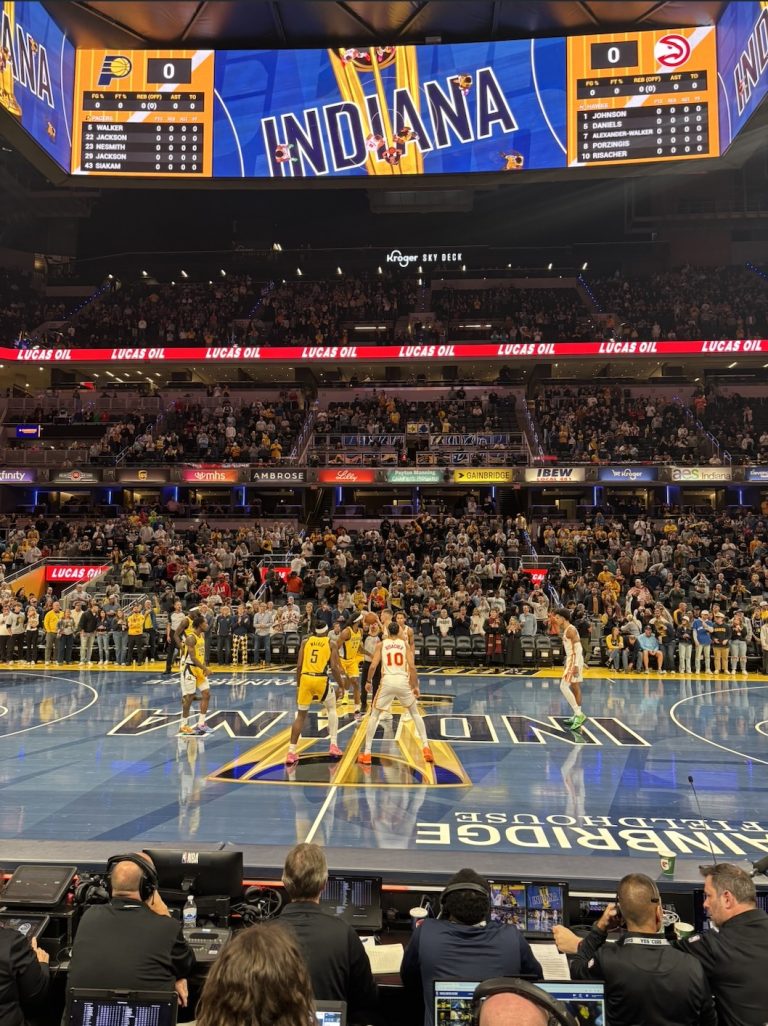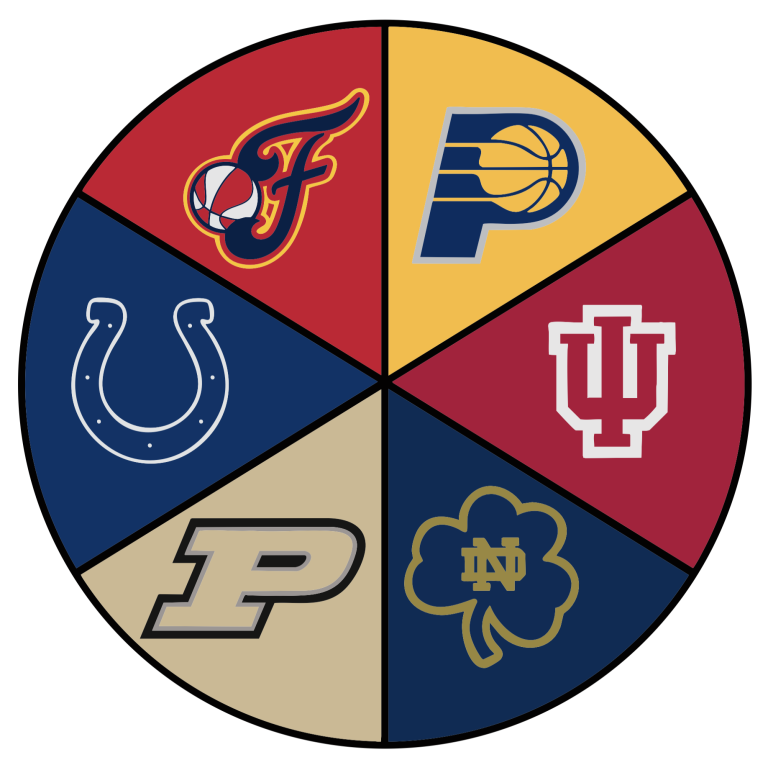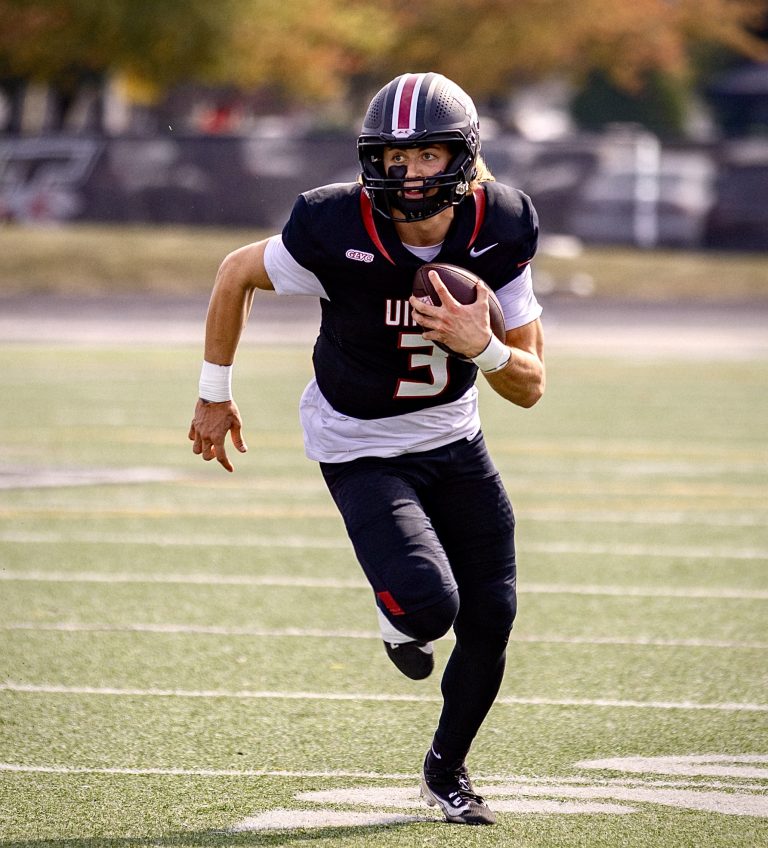An insatiable thirst for sports has dominated our society. Internationally, nationally, locally and hyper locally, its effects are visible in media, consumerism, commercialism and many other aspects of everyday life. This is especially evident during the Olympic season.
But with this influence comes a responsibility, especially for college athletics, that needs to be taken very seriously. The University of Indianapolis is not exempt from this responsibility simply because it does not regularly capture the media spotlight. Instead it is even more responsible, especially to this community. Because we are a non-profit university, sports do not have the ultimate goal of making money. Rather, the entire athletics portion of this university is tasked with furthering the name and reputation of the institution. I foresee this responsibility growing in the future.
Many UIndy teams already are living the UIndy mission statement in various ways. In 2013, the women’s soccer team participated in a Free2Play campaign. Many teams took part in activities for Pink Week, showing colorful support for those fighting harder battles. Riley Children’s Hospital has found welcome partners with the university’s teams. Recently, the baseball team started working with TeamIMPACT, gaining a new teammate in seven-year-old Owen Mahan. And other university teams plan to partner with TeamIMPACT as well. The university also hosts various sports clinics, camps and tournaments, which allow prospective students to get a small taste of the campus. These are just a few examples of the various ways that our sports teams are using athletics to “inspire excellence” beyond the field.
All this is commendable, but with Vision 2030 calling on this university to lead even more than it has, I look to sports as one of the key ties between the university and the community. Of course, this means extra effort.
The South side is teeming with sports-loving adolescents. Speaking from experience, as a product of the community, I know that this university truly can have an impact on the lives of nearby residents. But this requires more communication and action from our student-athletes. Elaborate programs aren’t necessary, just simple selfless acts. Volunteering one day to help at the Little League down the street, which Indiana Central College helped start, would further the university’s image and build a relationship with the community. This is just one example. Even in everyday interactions, students are ambassadors of this university. As such, they are given the opportunity to spread a message. I hope that message continues to be a positive one.
Although the results may not be evident as quickly as we would like, if we put effort and support into this community, I think that it will be more than eager to reciprocate. Who knows, maybe we could fill the stands with aspiring Greyhounds and their parents. But even if this is not the result, serving the community is its own reward. Being a positive role model and volunteering in the community will generate more for our athletes than a new hit on the resume. These actions have the potential to impact the athletes’ futures and their character just as much as the they could benefit the community.
Historically, sports have been a distraction to communities. From ancient times at the Coliseum in Rome to modern times at Yankee Stadium in New York City, fans have flocked. Hoping to be entertained long enough to forget the worries of life, they have sat and watched individuals and teams achieve feats. Speculating about the strengths of the athletes, they have conversed with their neighbors. Impressionable children have gone with their parents, creating memories, building fascination, stoking the fires of imagination.
All of this is centered around the platform of a simple game. But this competition, for many, is even more than that: it is a responsibility. And I would love to see every Greyhound—athlete or non-athlete—strive to take on that responsibility with an inspired vigor to spread a hopeful message to this community.







